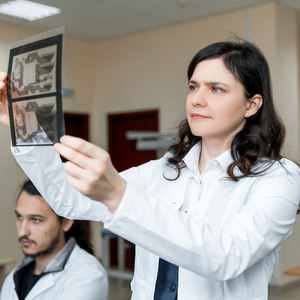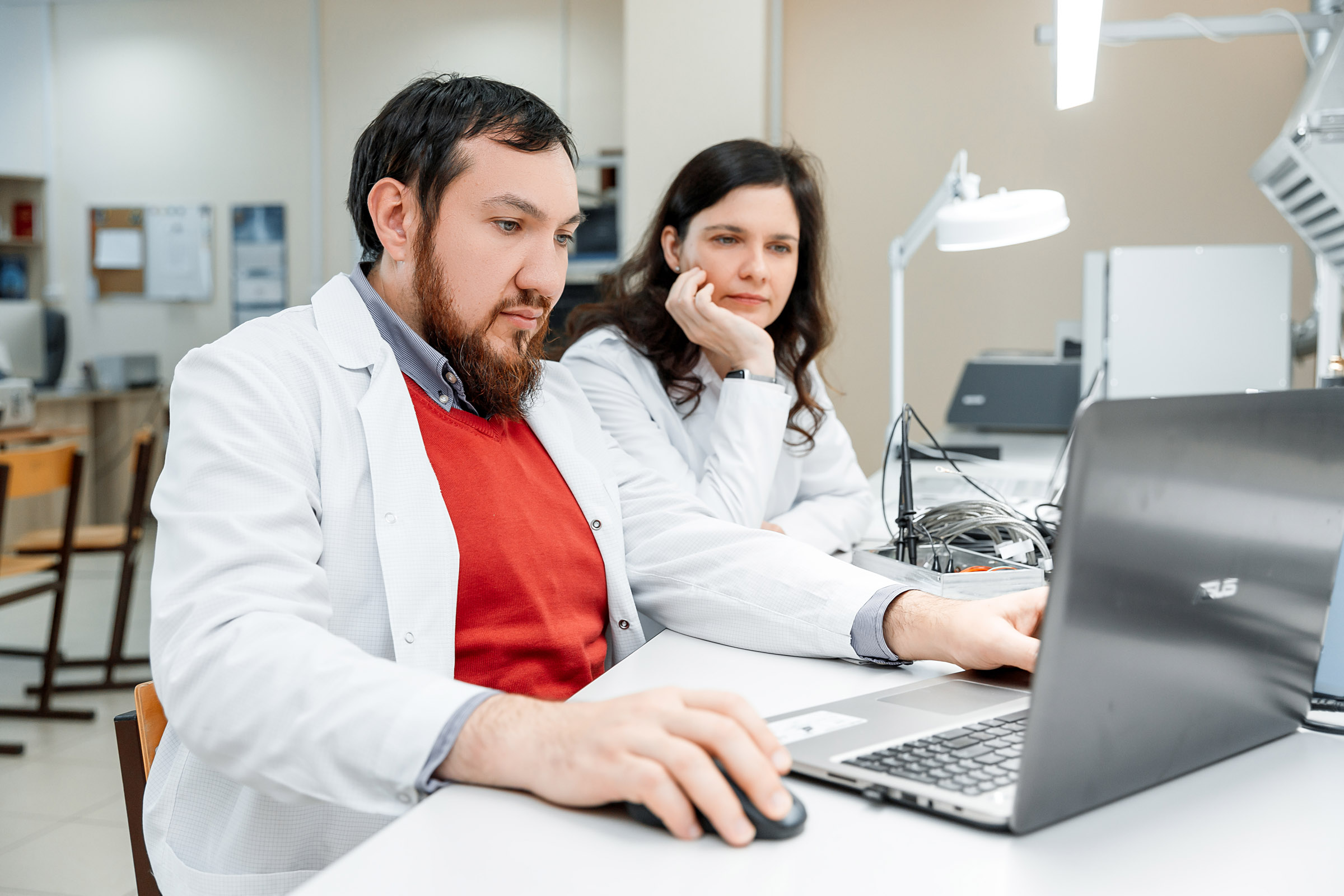“Creation of the MTR-2 scientific equipment has been fully completed, the equipment has successfully passed the planned cycle of ground tests, and is ready to be sent for final assembly as part of the spacecraft “Bion-M” No. 2”, said Lyubov Kurganskaya, Leading Researcher at the Research Institute of Modeling and Control Problems of Samara University. “The multichannel temperature recorder is a system for constantly monitoring the temperature mode at certain points of the containers with biological objects; these containers will be placed on the outer surface of the orbital laboratory in open space. The similar temperature recorder, by the way, also developed at our University, was applied to the spacecraft “Photon-M” No. 4, launched into outer space in 2014. When studying the data obtained from it, biologists were able to see how the temperature changed in outer space, and better understand the processes occurring with samples due to temperature fluctuations”.
According to open sources, the orbital laboratory “Bion-M” No. 2 is scheduled to be launched in 2024. Mice, fruit flies, fungi, bacteria, cell tissues should go into space for a month (the temperature in containers with mice and flies will be measured by other equipment). The scientific program in the project “Bion-M” No. 2 will be primarily aimed at studying the biological effects of weightlessness and high-intensive cosmic radiation on living organisms at the systemic, organ, cellular and molecular levels. The flight will take place in a high-latitude orbit, with its height of about 400 km. The Russian Orbital Station (ROS) is planned to be located in the same orbit, and the flight of the space laboratory “Bion-M” No. 2, having living organisms on board, will help, among other things, comprehensively assess safety of working at the ROS.
Unlike its predecessor, the MTR temperature recorder, which measured the temperature at “Photon-M” No. 4, the MTR-2 equipment is better protected from the effects of cosmic radiation, disabling electronics. The equipment complex keeps a detailed temperature journal of the laboratory’s inhabitants, recording data in the wide temperature range – from 150 °C below zero to 150 °C above zero. In total, the MTR-2 has 28 separate measurement channels, through which temperature data is transmitted from objects to sensors. The equipment is furnished with its own autonomous power supply.
“The new equipment differs, first of all, from the MTR temperature recorder that worked at “Photon-M” No. 4, with greater accuracy of measurements for each biological object. MTR-2 provides for the larger number of measurement points, the data being recorded in the constant mode, respectively, the information content is more intensive. If the first MTR had 21 measurement channels, the MTR-2 has 28 ones. It is safe to say that there are no analogues of this equipment either in Russia or abroad. What else should be emphasized is that the entire electronic-component filling of the MTR-2 is of domestic production. The software is also completely ours, developed at our University. This instrument complex is assumed to be defined in future as standard equipment for use in subsequent domestic orbital laboratories of “Bion-M” series”, noted Lyubov Kurganskaya.
The complex ground testing of the MTR-2 as part of the assembled spacecraft “Bion-M” No. 2 is planned to be conducted approximately in March 2024.
For reference
“Bion” is a series of domestic spacecraft for biological research. From 1973 to 1996, 11 satellites of the series were launched into outer space; several-dozen types of biological objects – unicellular organisms, plants, insects, fish, amphibians, turtles, rats, monkeys – visited space. In April 2013, the first upgraded biological satellite “Bion-M” was launched. Its “crew” included mice, desert rats, geckos, snails, crustaceans, fish and various microorganisms.
“Photon-M” No. 4 is a domestic research satellite of the Photon-M series designed to conduct experiments in biology, physiology, and space technologies under microgravity conditions. It was launched into orbit with fruit flies, geckos, microorganisms and plant seeds on board in July 2014.
 RU
RU  EN
EN  CN
CN  ES
ES 




